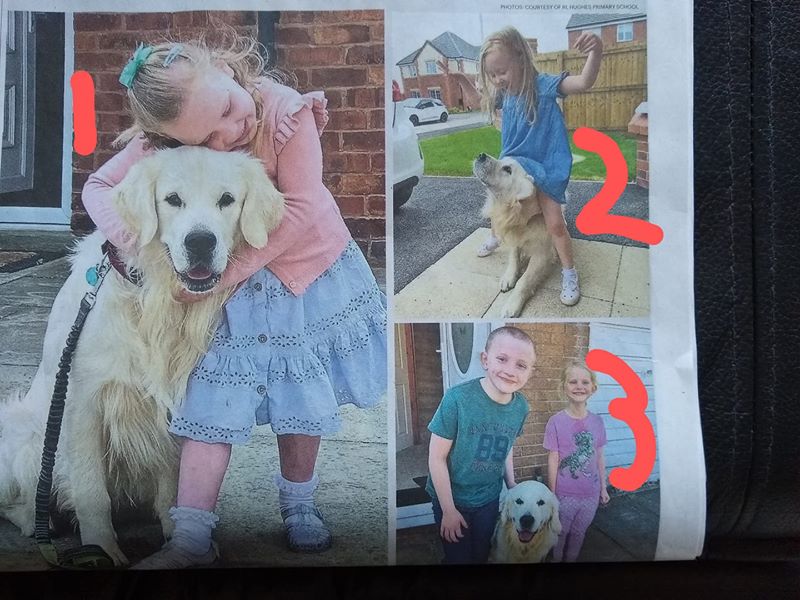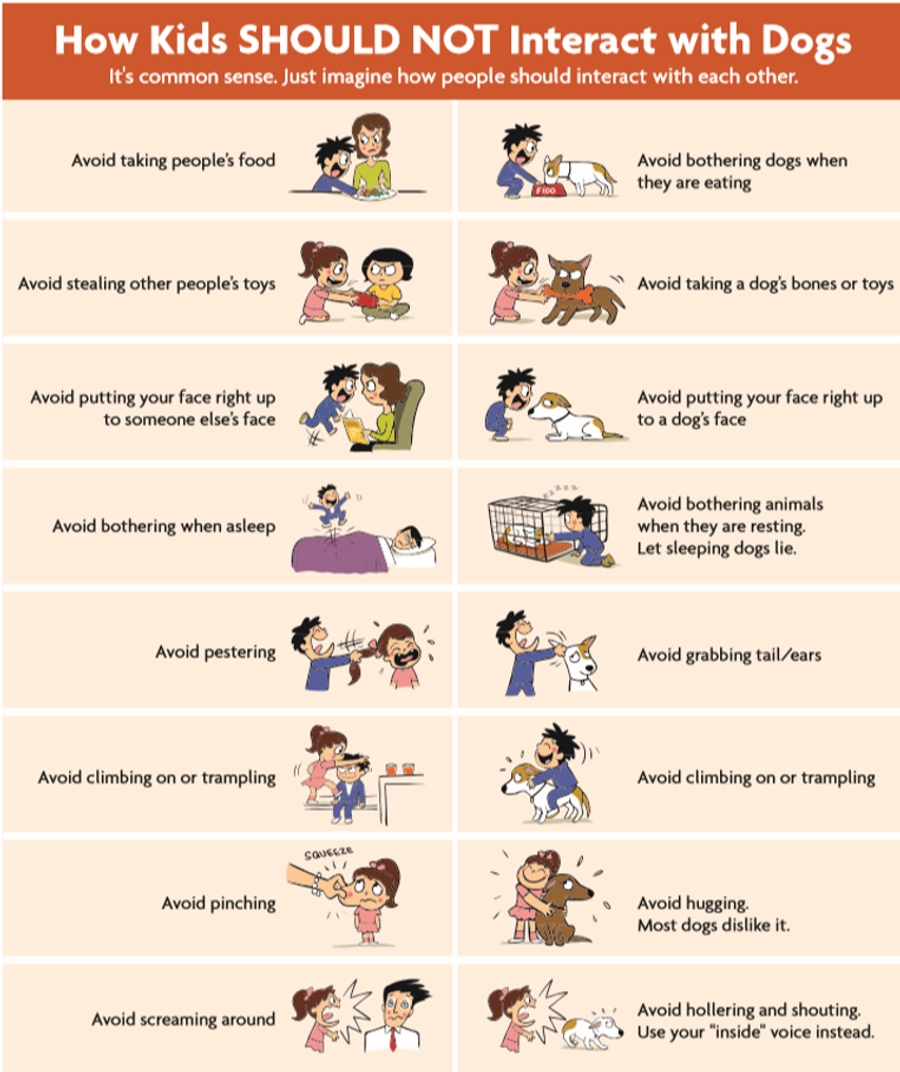Children and interacting with dogs

I came in for some flack when I posted the above picture, with a couple of observations, on Facebook.
The picture featured in a Sunday paper (Times), shows the ‘school dog’ being taken to visit children during the Covid lockdown. The idea, an admirable one, was to cheer the children up. Of course, I have no problems with the intent. I do however have some concerns with these pictures.
Many dog owners struggle to resist anthropomorphizing our canine companions. Failure to understand how our dogs see our world and our actions can result in unexpected outcomes.
The 3rd picture is OK, the dog is sitting happily and not being overcrowded by the children. However, pictures one and two are not so good. It is important to understand that, generally, dogs do not like being hugged, particularly by strangers. Look carefully at the body language of the dog; he is not really happy with being held around the neck and shoulder. He is tolerating it at best. Dominant dogs often force themselves upon other dogs in the way illustrated by picture one. To do this to a dog is to run the risk of a flight or fight response. If the dog is spooked and cannot getaway, a bite is the next, possible option.
Picture three is along the same lines – however, looking closely at the dog being straddled by a small child, it is apparent that he is very uncomfortable and probably frightened. Again running the same risks of a response outlined above.
Some people will think I am overreacting. I don’t agree. The media, regularly, report incidents, some tragic, between dogs and children. It really is our responsibility to try to understand how our behaviour, however well-intentioned, can affect the behaviour of our canine companions. The chart below shows the appropriate way for children to interact with our dogs:

